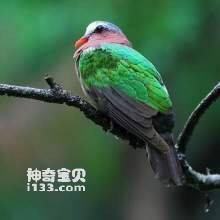
Chalcophaps indica
Chalcophaps indica
Chalcophaps indica is a species that is found singly or in pairs in dense un···
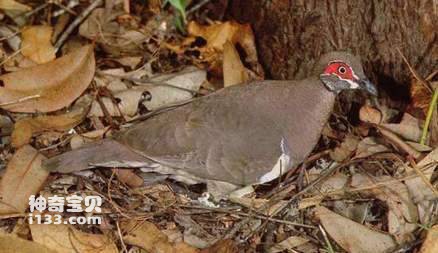
Geophaps smithii
Geophaps smithii,Partridge Pigeon
Geophaps smithii (geophaps SmithII), Partridge Pigeon (geophaps SmithII).Lis···
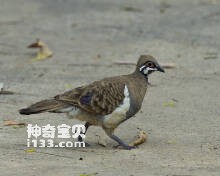
Geophaps scripta
Geophaps scripta,Squatter Pigeon
Geophaps scripta (geophaps scripta), Squatter Pigeon, is an unknown species.···
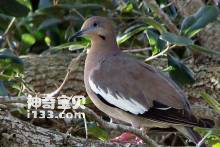
Zenaida asiatica
Zenaida asiatica,White-Winged Dove
White-Winged Dove (Zenaida asiatica) is known as white-winged Dove and has t···
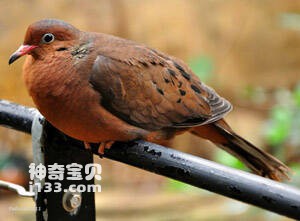
Zenaida graysoni
Zenaida graysoni
Sogorodove Zenaida graysoni, also known as the Socorro pigeon, is a species ···
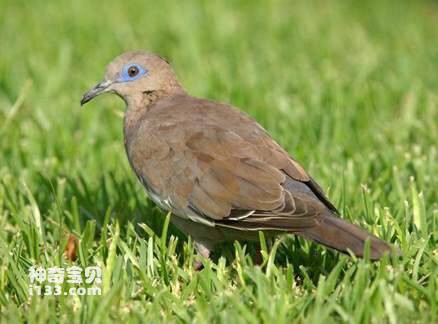
Zenaida meloda
Zenaida meloda,Pacific Dove
Zenaida meloda, Pacific Dove, is a South American mourning dove.Listed in th···
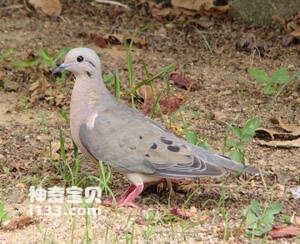
Zenaida auriculata,
Zenaida auriculata,
Zenaida macroura (Zenaida macroura) is a species of mourning pigeon in the f···
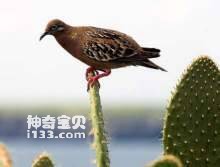
Zenaida galapagoensis
Zenaida galapagoensis,Galapagos Dove
Zenaida galapagoensis and Galapagos Dove are unknown.Listed in the Internati···
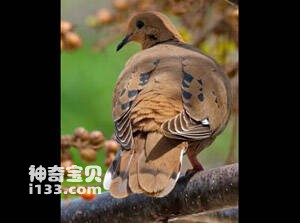
Zenaida aurita
Zenaida aurita,Zenaida Dove
The mourning Dove (Zenaida aurita) has three subspecies.Mourning pigeons fee···
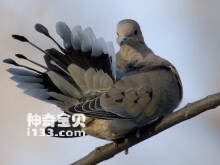
Zenaida macroura
Zenaida macroura,Mourning Dove
Mourning Dove (Zenaida macroura) is a mourning dove with five subspecies.Mou···
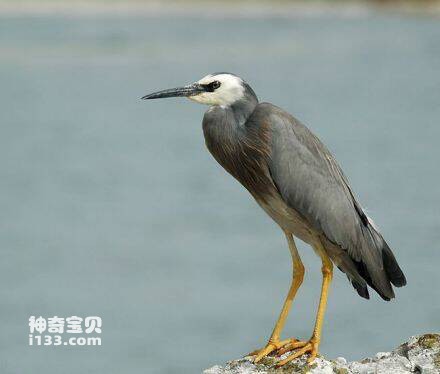
Geotrygon albifacies
Geotrygon albifacies,White-faced Quail-dove
Its scientific name is Geotrygon albifacies, and its foreign name is White-f···
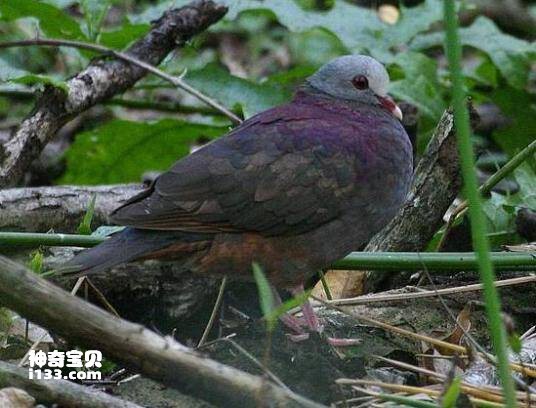
Geotrygon mystacea
Geotrygon mystacea,Bridled Quail-dove
Its scientific name is Geotrygon mystacea, and its foreign name is Bridled Q···
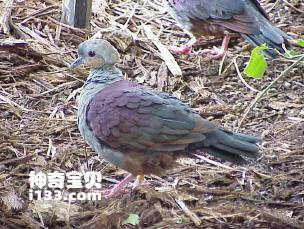
Geotrygon versicolor
Geotrygon versicolor,Crested Quail-dove
Geotrygon versicolor, Crested Quail-dove, is unknown.Listed in the Internati···
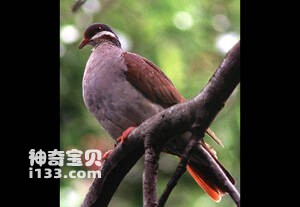
Geotrygon chrysia
Geotrygon chrysia,Key West Quail-dove
Its scientific name is Geotrygon chrysia, and its foreign name is Key West Q···
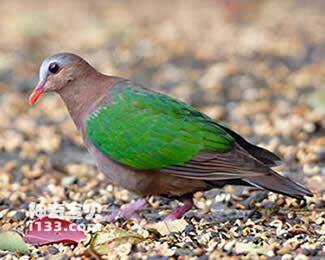
Geotrygon veraguensis
Geotrygon veraguensis,Olive-backed Quail-dove
Its scientific name is Geotrygon veraguensis and its foreign name is Olive b···

Geotrygon caniceps
Geotrygon caniceps,Grey-headed Quail-dove,Grey-fronted Quail-dove
Geotrygon caniceps, Grey-headed Quail-dove, Grey-fronted Quail-dove, the spe···
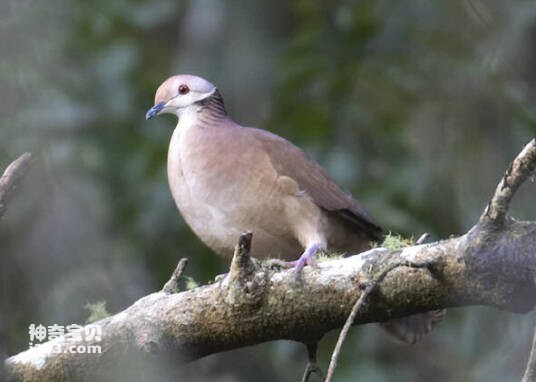
Geotrygon linearis
Geotrygon linearis,Lined Quail-dove
The white-faced Quail dove is Geotrygon linearis and Lined Quail-dove. Its s···
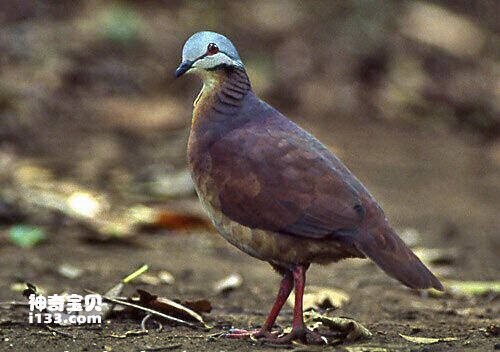
Geotrygon chiriquensis
Geotrygon chiriquensis,Rufous-breasted Quail-dove
Geotrygon chiriquensis and Rufous-breasted Quail-dove are not known.Rare bir···
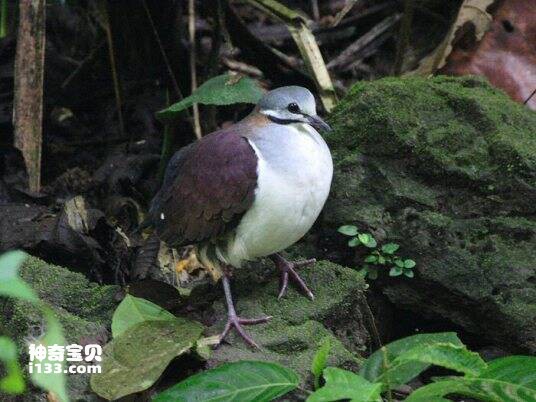
Geotrygon saphirina
Geotrygon saphirina,Sapphire Quail-dove
Blue Quail dove Geotrygon saphirina, foreign name Sapphire Quail-dove, the s···
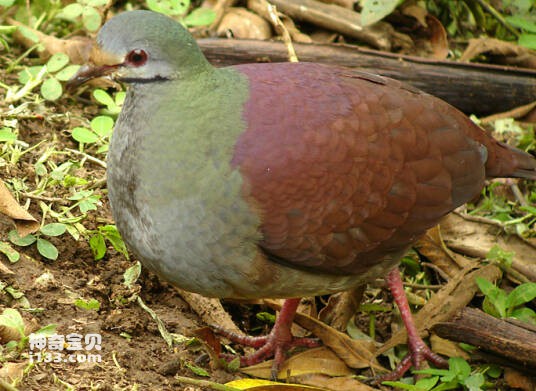
Geotrygon costaricensis
Geotrygon costaricensis,Buff-fronted Quail-dove
Its scientific name is Geotrygon costaricensis, and its foreign name is Buff···
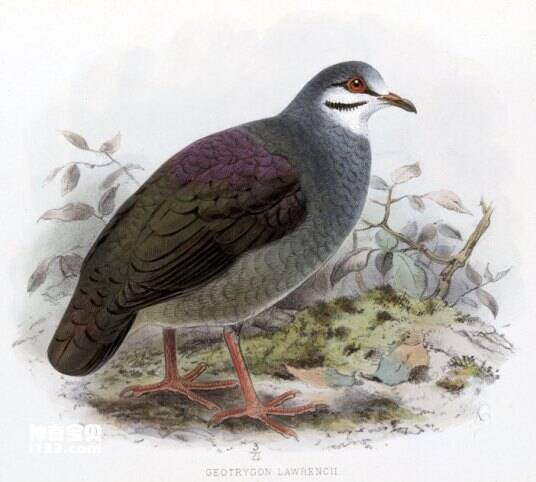
Geotrygon goldmani
Geotrygon goldmani,Russet-crowned Quail-dove
Yellow-capped Quail dove Geotrygon goldmani, foreign name Russet-crowned Qua···
